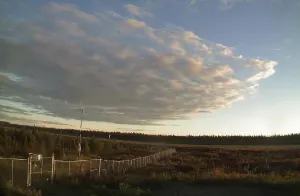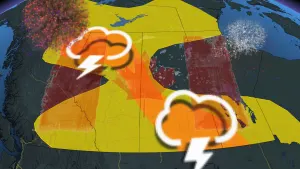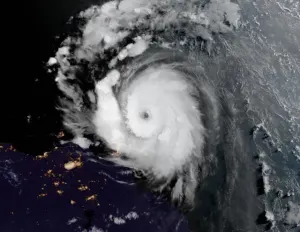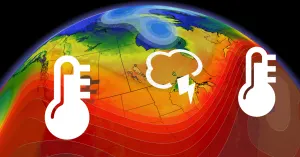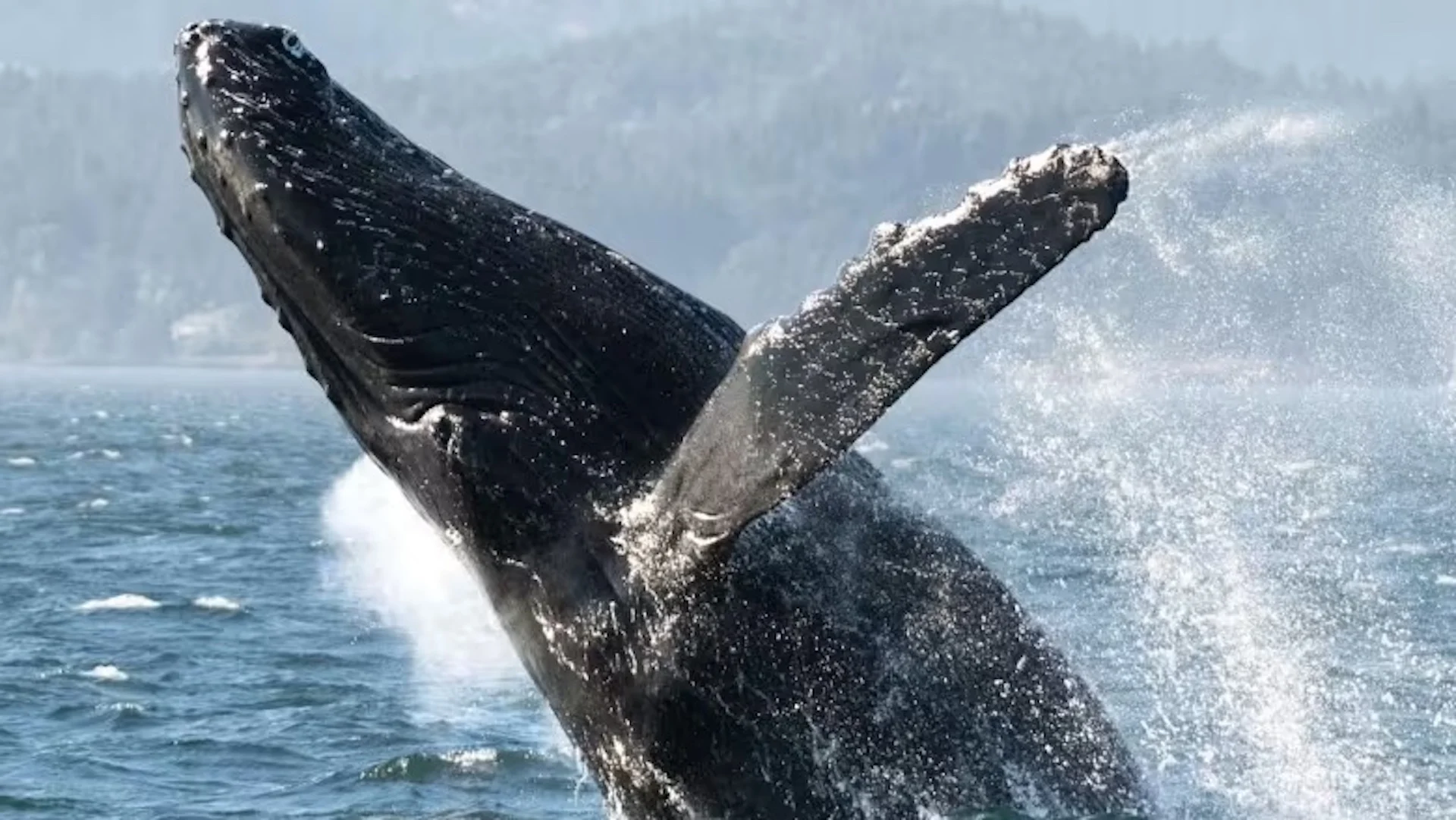
Why have there been more whale sightings in B.C.'s waters?
If you're eager to spot a whale this year, B.C. might be worth a visit: according to reports from whale watchers and marine researchers, the Salish Sea is teeming with growing populations of humpback whales and Bigg's killer whales.
Marine naturalist Tasli Shaw says the humpback whale population has boomed in the past 10 years, and that researchers and whale enthusiasts have dubbed this phenomenon as the "humpback comeback."
SEE ALSO: Unique website allows you to whale watch without leaving land
"What's most clear is that the humpback whales are back from the brink of extinction … We have documented over 800 different individuals [this year]," said Shaw.
In 2022, nearly 400 humpback whales were recorded in the area, the highest total recorded at that time. A few years earlier, in 2017, only 293 humpbacks were recorded, according to the Canadian Pacific Humpback Collaboration.
Bigg's killer whales have also seen a noticeable return: data from the Pacific Whale Watch Association notes 1,221 unique Bigg's killer whale sightings in 2022, nearly double the number of sightings five years ago.
Shaw and other marine advocates credit the population growths to the end of harmful whaling and orca capture practices over the past few decades. However, they note more work is required to support declining cetacean populations, such as the southern resident killer whale.
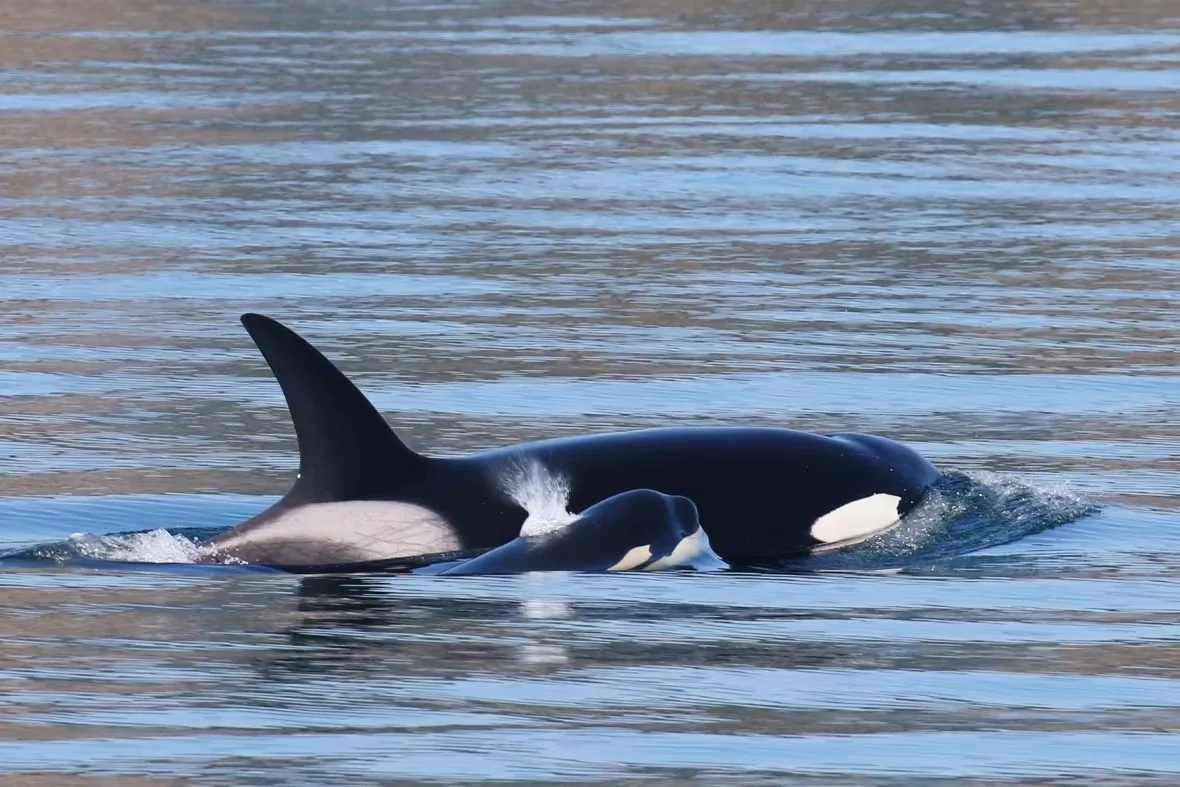
Southern residential killer whale populations are in decline, possibly due to decreasing salmon stocks, according to Brett Soberg, co-owner of Eagle Wing Whale & Wildlife Tours. (Melisa Pinnow/San Juan Excursions)
"The ocean is powerful, it's graceful, it's magical, and it is the lifeblood of our planet," said Brett Soberg, co-owner of Eagle Wing Whale & Wildlife Tours.
"We have the ability to influence things for the positive and regenerate our ecosystems back so that they're better than what they were just a few years ago."
Declines from whaling, orca capture
Over 100 years ago, humpback whale populations flourished in the Salish Sea, but local numbers dwindled to near extinction due to the commercial whaling industry in the 20th century, says Shaw.
Whaling involves hunting to obtain whale oil, blubber (sea mammal fat), meat and cartilage. Whale oil was especially lucrative as lamp oil and used during the First World War, before kerosene and petroleum became more popular.
Shaw notes a whaling station in Nanaimo opened in 1907 and killed 97 humpbacks in its first three months of operation.
"There were whaling stations in both British Columbia and Washington … that operated year-round … and that proved to be very, very deadly for the humpback whales here," she said, adding the international ban on humpback whaling in 1966 have allowed populations to slowly recover.
While commercial whaling is no longer practiced in Canada, some Indigenous groups are permitted to hunt a limited number of whales for cultural and nutritional needs.
Similarly, Soberg says, killer whale populations declined due to the orca capturing program, which began in B.C. when a killer whale was harpooned and captured off the coast of Saturna Island.
The whale was towed to Vancouver Harbour and kept in a dry dock system, a narrow basin that can be drained to move ships out of water.
Soberg says the live whale became a popular spectacle and unfortunately "captured the hearts and minds of many people from all over the world."
"But then [people] wanted to know more … About 50 to 60 [killer whales were captured] right here in Pedder Bay [and] Puget Sound," he said.
"They were sent all over the world. Aquariums blossomed and they realized … we can teach them to do tricks. It became a big business, a lot of money."
In 1975, Canada banned the capture of killer whales. Current regulations state all vessels must stay 200 to 400 metres away from killer whales to decrease traffic and noise impact.
But in recent years, Soberg notes, only Bigg's killer whales have made a comeback, while southern resident killer whale populations continue to struggle.
Soberg says the stark difference in population levels is due to differences in diet: Bigg's killer whales hunt marine mammals, such as seals, porpoises and other whale species, while southern resident killer whales rely on fish, particularly declining salmon stocks.
"It boils down to available food on the dinner table for them … We've legally not been able to view the southern resident killer whale since 2019 … just to give them space," Soberg said.
WATCH: B.C.'s 'Whale Trail' offers whale sightings without leaving land
Shaw notes the best way to see a whale is through whale watching tours, which have become lucrative in B.C. following the end to captive whale programs.
In 2018, the Vancouver Aquarium announced the end to its captive cetacean program following public pressure.
"Whale watching if done with intention and courtesy toward the animals can be a really fantastic part of our local community," Shaw said.
"We have to have high standards when we go out on the water and interact with the animals in the most gentle way possible ... it's really the only way most people are able to experience [this]."
Thumbnail courtesy of Sierra Hamilton/Eagle Wing Tours via CBC.
The story was originally written by Arrthy Thayaparan and published for CBC News. It contains files from All Points West.






